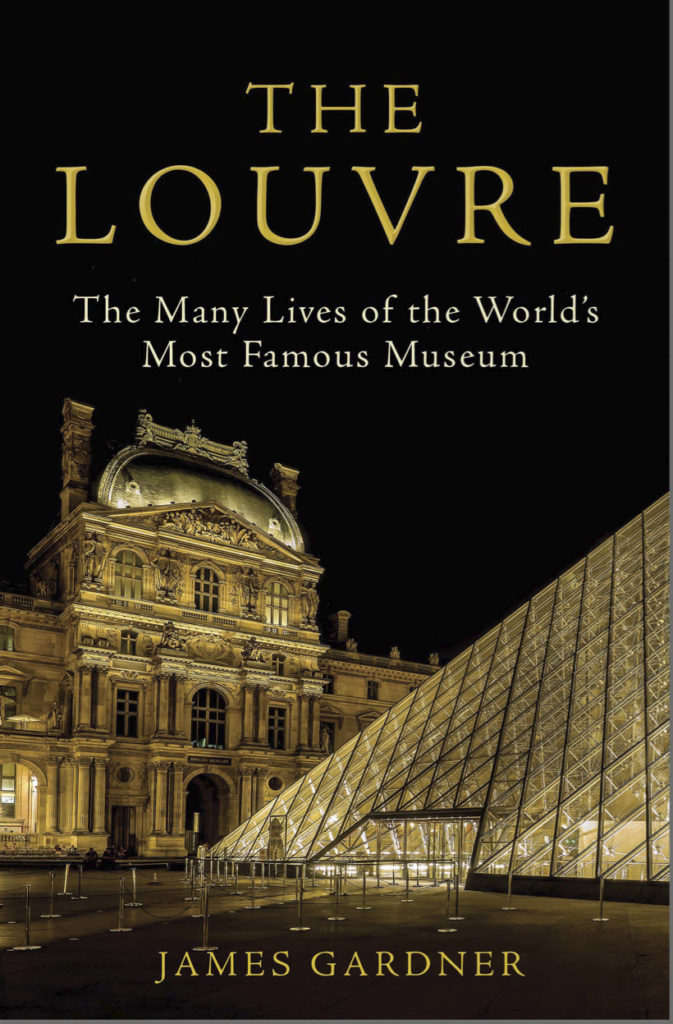
Art critic Gardner (Buenos Aires) traces the turbulent history of Paris’s Louvre Museum from fortress to castle to center of France’s cultural universe in this engrossing account, revealing a building that Gardner calls “as great a work of art as anything it contains.” The Louvre was a nexus of French art, architecture, and culture, and Gardner argues that through the Louvre one can see the growth of “Paris itself.” The site was originally a campground 7,000 years ago; in 1191, King Philippe Auguste constructed a fortress there; a century and a half later, Charles V had remodeled the Louvre into a castle, which in the early 16th century became the primary residence for King Francois I. After Louis XIV moved the royal court to Versailles in 1682, the Louvre suffered neglect until it was converted into a public art museum in 1793, during the French Revolution. In elegant prose, Gardner describes how over the next 200 years the Louvre endured constant evolution and construction as its reputation as a leading repository for art treasures grew and it became the world’s most famous museum (“there is something at once presumptuous and miraculous in its emergence out of nothing”). Fast-paced and evocative, this is a must for Francophones as well as art and architecture lovers.
The Louvre: The Many Lives of the World’s Most Famous Museum by James Gardner will be published on May 5, 2020 by Atlantic Monthly Press in North America and Atlantic Books in the UK.
James Gardner is an American art critic and literary critic based in New York and Buenos Aires. He is the author of six books, including Buenos Aires: The Biography of a City. His writings have appeared in the New York Times, the Wall Street Journal, the New Republic, and the British Spectator. He was the art critic at the New York Post and wrote architecture criticism for the New York Observer, before serving as the architecture critic at the New York Sun. He is now a contributing editor at The Magazine Antiques.

